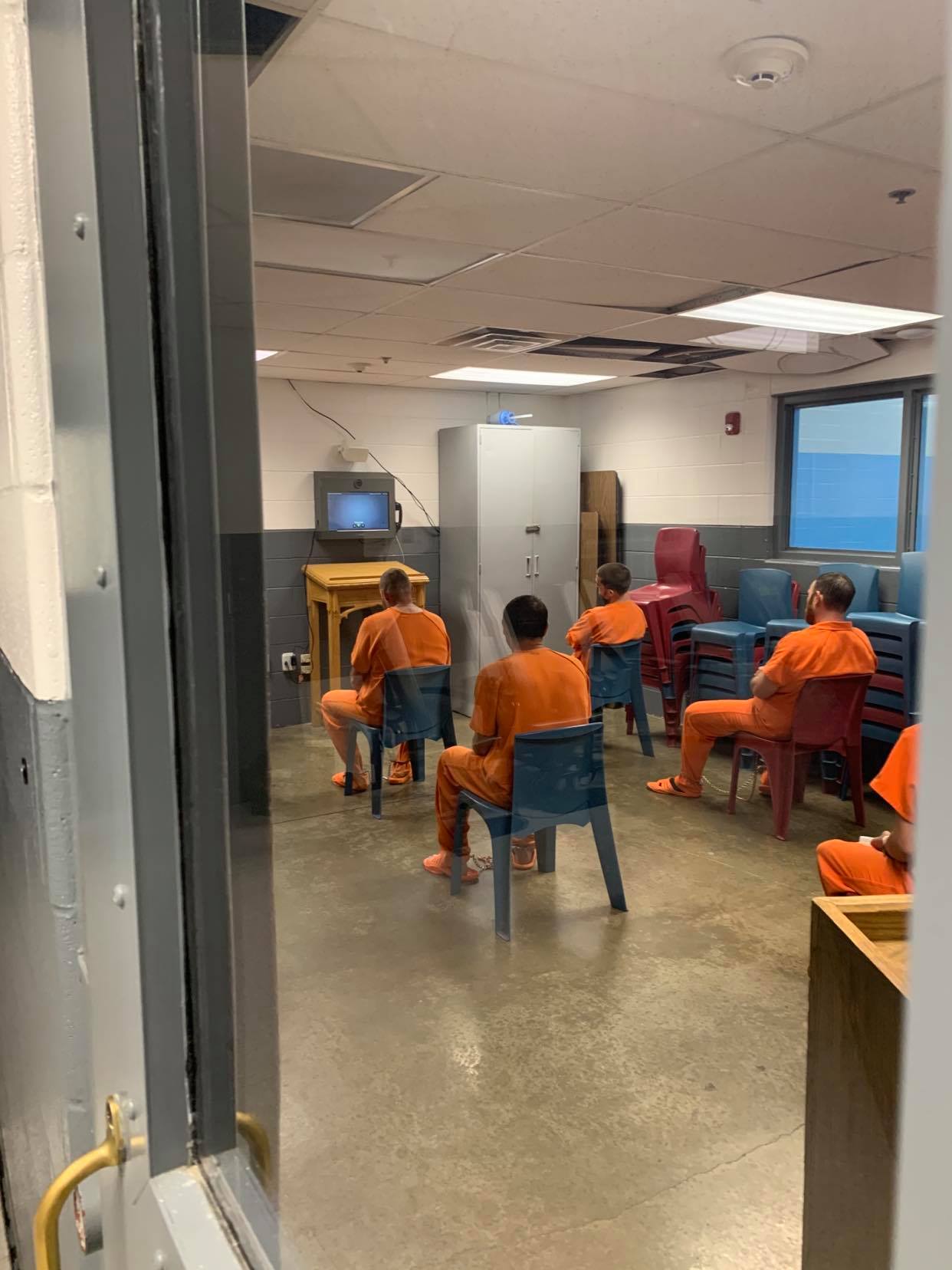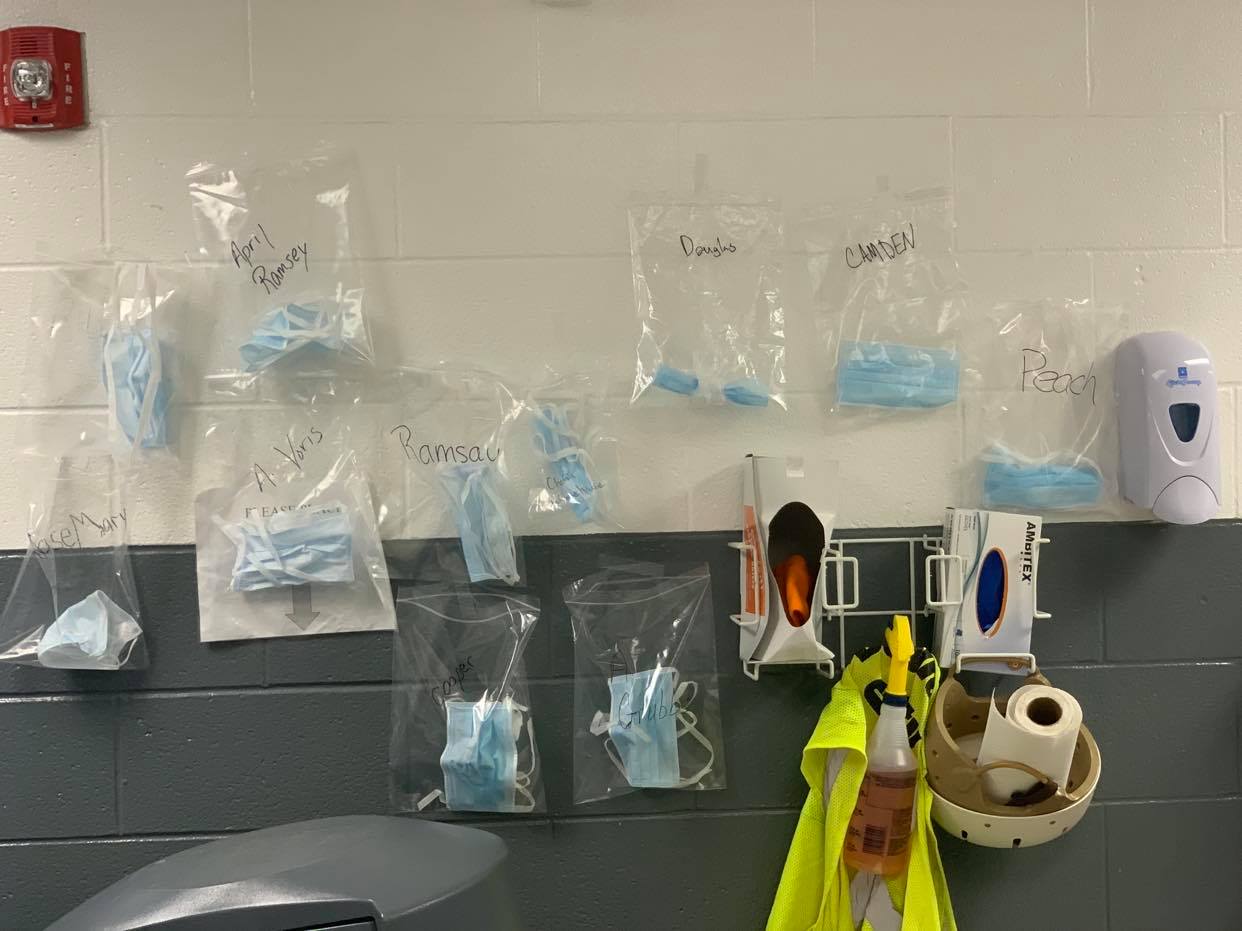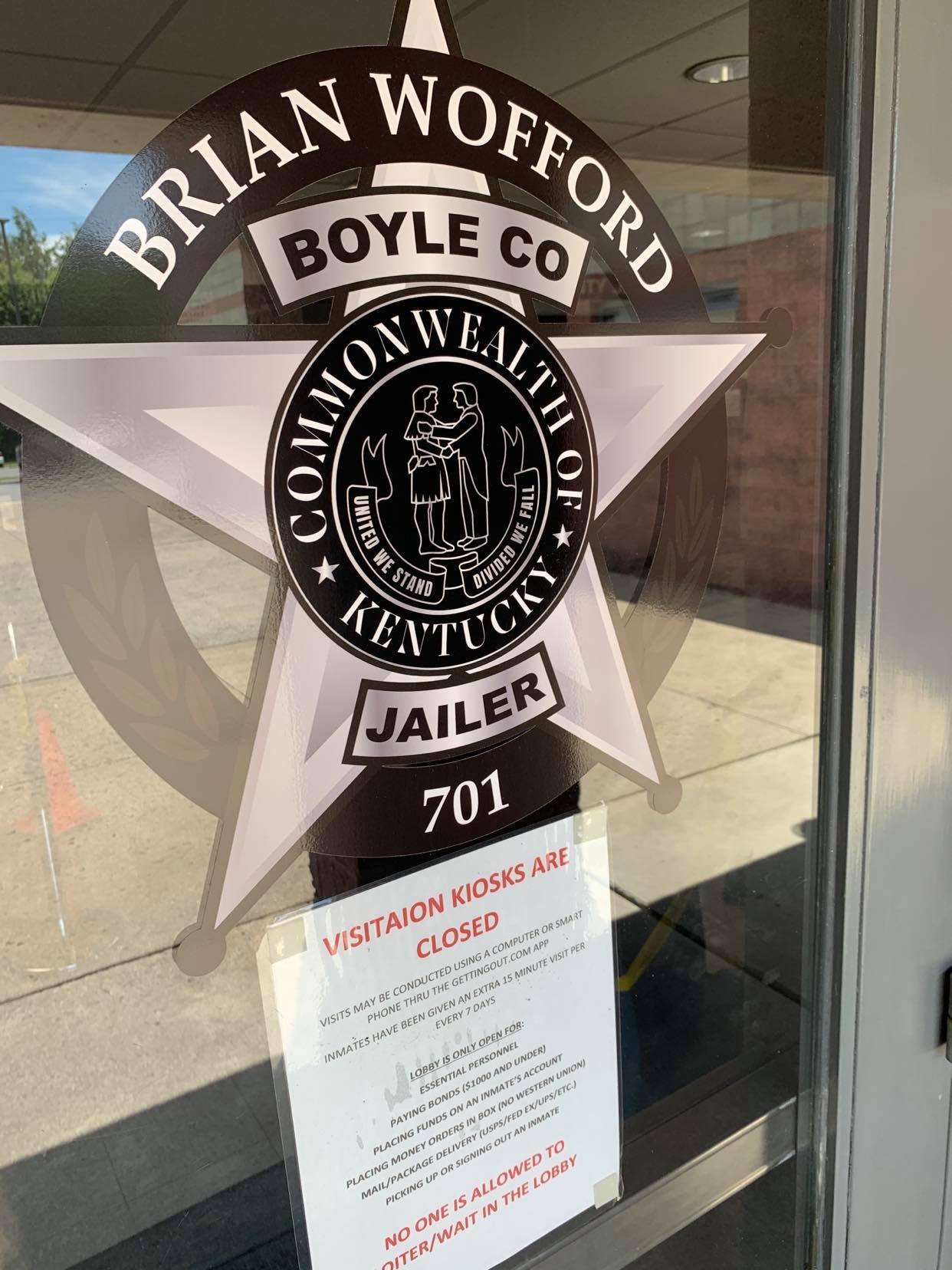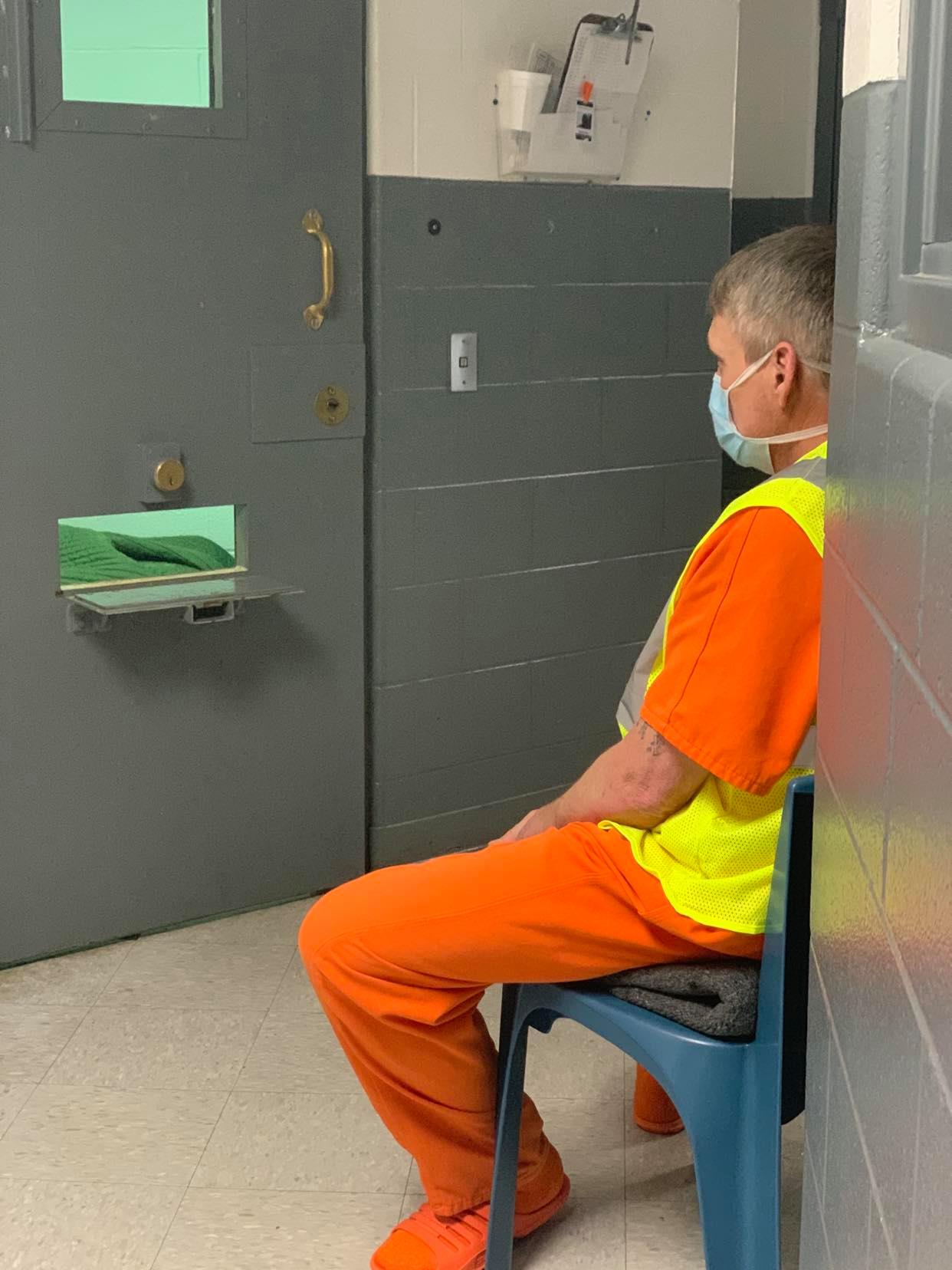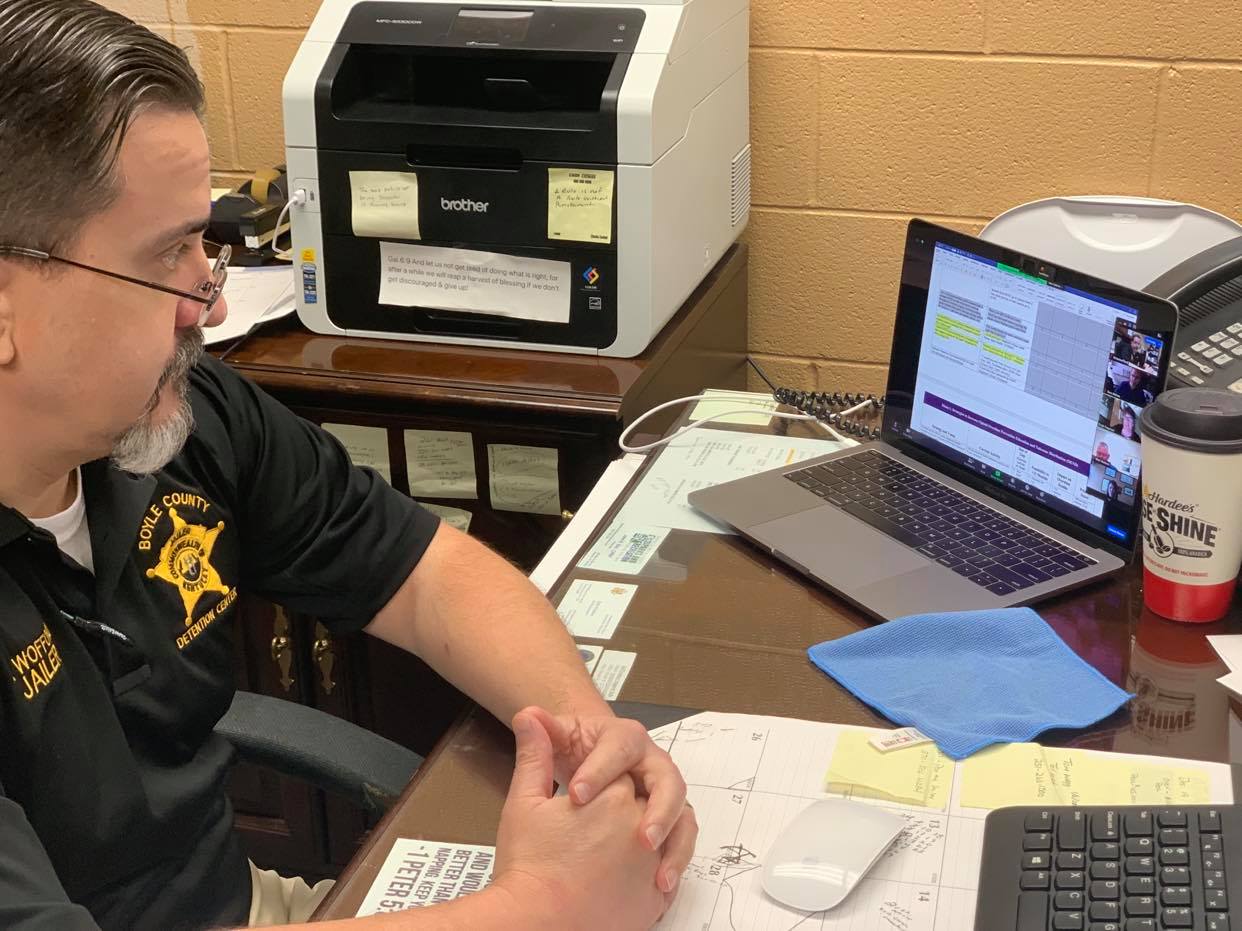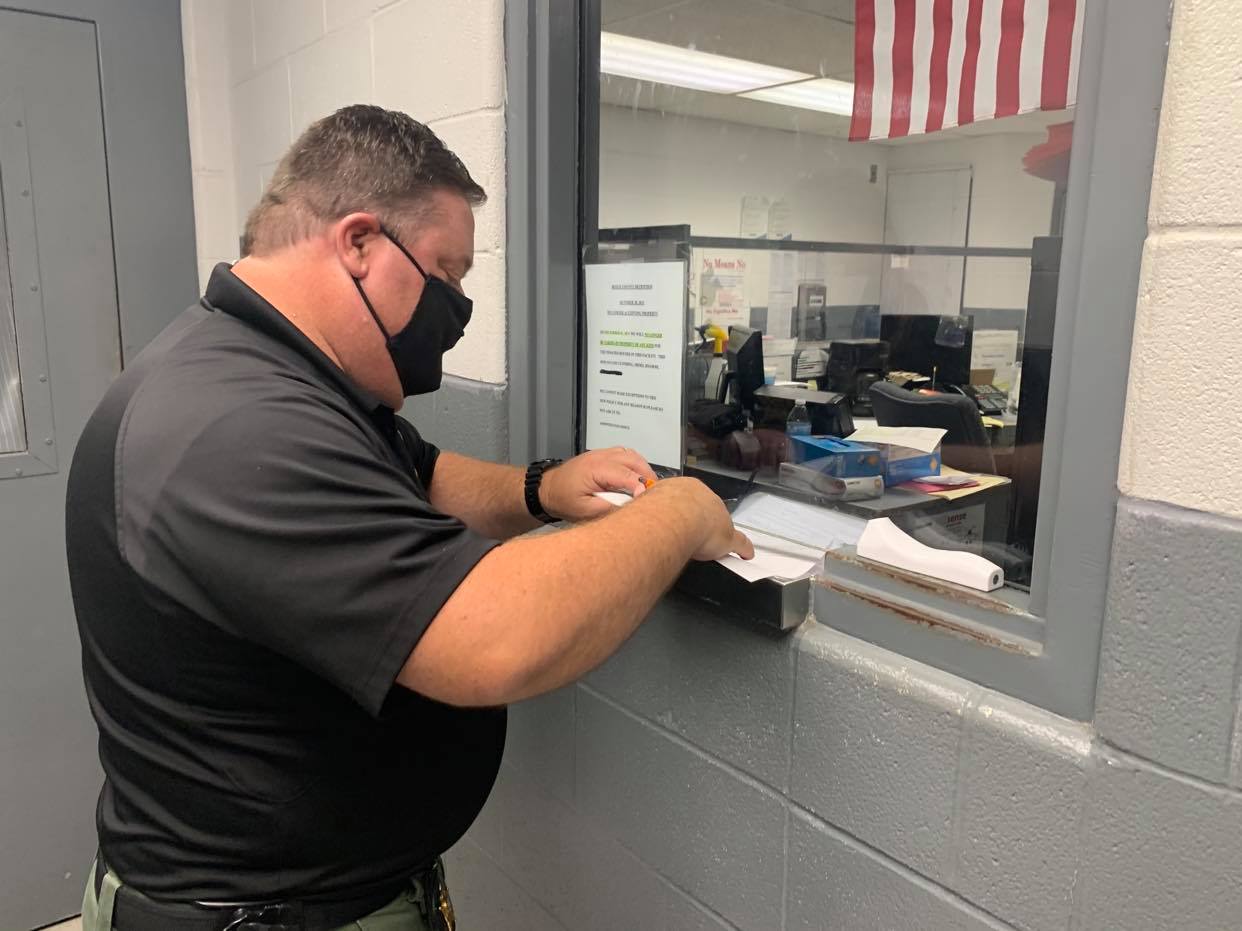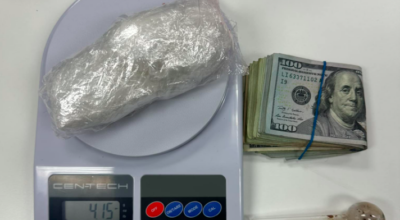Boyle jailer, deputy jailer discuss changes during COVID-19 pandemic
Published 11:05 pm Monday, June 29, 2020
Jailer Brian Wofford says dealing with the COVID-19 pandemic has “basically changed everything in our day-to-day operations.”
Wofford and his deputy jailer, Chad Holderman, took some time recently to discuss how Boyle County Detention Center has managed so far to have zero inmates or staff members test positive for the coronavirus.
Prisons and jails are especially vulnerable to the spread of such an infection since they already house large populations with chronic diseases and other medical needs.
“We’ve had no positive case yet, but the more people who get tested, the more we’re probably going to see it,” Holderman said. But there are plans in place to isolate those cases, if it should happen. “For deputies, we treat everybody as if they’re positive. We’re kind of used to that — we deal with a very sick portion of the population, so that’s not new.”
Wofford said the jail had to change the way people entered the facility. Signs are posted on the doors stating visitation kiosks are closed and no non-essential personnel are permitted inside. Once inside, the lobby is cordoned off with yellow “caution” tape. Video kiosks are covered with plastic bags, but those who wish to video chat with an inmate can still do so, as always, via smartphone, Wofford said.
He said the biggest thing that has protected the jail from COVID-19 being introduced is being able to classify and separate people. This gave them one empty cell to use in case of quarantining a sick inmate, or any new inmates who must be quarantined for 14 days when introduced to a new facility. First, that timeframe was 72 hours, but those guidelines have been rapidly changing.
“So what we did, we stopped movement inside the jail,” Wofford said.
Inmates were not allowed to go out for their recreational time; they only exited cells if they had video court. That has since loosened up, with groups being allowed to take turns within the outdoor area, which must be wiped down with sanitizer after each time. Groups are socially distanced now during video proceedings, which have increased due to courts being closed. Door knobs and any hard surfaces are sanitized multiple times during the day.
To offset the tenseness, Wofford decided to take money out of the canteen fund, which may be used for the benefit of the inmates. Each week, he would pick a different small business to support, and bought cupcakes or brownies, for instance. The jailer and deputy jailer would pass them out to each cell.
“They appreciated it. They were scared.” Wofford said it is important for staff to show they care about the inmates. “And that we try to protect them. It kept fights down, kept them from being agitated all the time, gave them something to look forward to.”
Holderman said he witnessed a lot of fear when everything first began. “It wasn’t anger so much as ‘I’m scared to death, I’m locked in here.’ But they are actually safer here …”
Wofford said at one point, before COVID hit, the jail had less than 120 inmates. On June 16, he said the population was around 139. “What I’m running into is people are being picked up on warrants for other counties,” he said.
At that time, Wofford counted 29 Boyle inmates; 83 Department of Corrections (DOC) inmates; 16 for Mercer County; and a few from Garrard, Lincoln, Jessamine, Montgomery and Rowan counties.
Most local law enforcement agencies halted self-initiated stops in the beginning of the pandemic, such as minor traffic offenses, but are getting back to them.
“They are picking people up on warrants again if they find one on a traffic stop,” Wofford said. “I don’t think they are intentionally looking (due to courts being closed), but if someone is flagged for an arrest, they have to arrest them …”
He said area judges and law enforcement have been good to the jail during the uncertain times, as well as both Boyle and Mercer county attorneys. “Everybody’s really pulled together and said, ‘hey, we gotta face this together or we’re going to fall.’”
Holderman agreed. “I can say our court system here … has been wonderful to work with.” He said since a lot of non-violent offenders were able to get out due to lowered bonds or released on their own recognizance to prevent overcrowding during the pandemic, “now if you’re in jail, you probably need to be in jail.”
Holderman also attributes the uptick in inmates to the fact that “a lot of the people released didn’t make it to court. So those failure-to-appears are going to be more serious now when they come in. We’ve got obligations to make sure they come to court.”
Wofford said they brought in extra computers in order to do additional video arraignments, since no inmates could be transported to court. And an additional laptop was set up for them to have private conversations with their attorneys.
As almost everyone else, Wofford has found himself on frequent Zoom meetings, such as a weekly one with the jailers association and DOC in order to share information during the pandemic.
All of the ministry groups who came in have been stopped. “It was just a lot of people coming in,” Wofford said, but some of those halted programs will slowly resume again, like the GED classes.
Attorney visits are now being handled in the former visitation room, which was turned into an employee break room and had to be cleared out. The room now allows for attorney-client privacy and proper social distancing to be observed.
Limited access has been given to certain vendors, but they usually only drop off orders and don’t enter the facility. Essential personnel who are allowed to enter are given a mask, their temperature scanned and a questionnaire about their current health must be answered. Staff are also checked daily.
“The way with what we have here …” Wofford said, referring to the design of the facility, “ … if it gets into the building, then we’ll all have it.”
So far, three inmates have been tested and five staff members, all negative. But each time a staff person was tested, they had to stay home for about four days, until the test came back.
“We’re still allowing inmates to work inside the facility so they can get their ‘good time.’ We still do suicide watches, which means someone is posted six feet from the inmate …” Wofford said.
Outside of a cell located near the control room, a trustee inmate sits in a chair. “This gentleman here is doing a high-risk suicide watch,” Holderman said. Trustees monitor them, but deputies still conduct checks on the inmate at risk every 10 minutes. “But trustees keep eyes on them constantly, and get paid $5 per shift out of the canteen fund.”
Holderman said on two different occasions, trustees have stopped an attempt by notifying deputies.
Although wearing the masks daily is different, Holderman said deputies have always used personal protective equipment. And the jail was already set up for this situation, as far as in the intake area — where inmates are dropped off inside the sallyport.
Clothes and personal items have always been stored in plastic hazmat bags which are then vacuum sealed to prevent anything from spreading, like lice or scabies. “So it works for the virus, too, in this case,” Holderman said.
As far as the increased video court appearances, both Holderman and Wofford say they wouldn’t be surprised if some of it sticks permanently. Wofford said it cuts down on fuel costs and vehicle wear and tear due to fewer transports, as well as limits any possibility of escape or introduction to contraband on the outside.
“Now, if it’s an actual trial, they need to be there, but the preliminary (proceedings) — I’d love to see it stay video. I’m sure the court systems will be backed up once they open,” Wofford said.
Holderman said, “Ideally we want to get our Boyle inmates back (who are in other facilities and can’t be moved due to guidelines), and get these guys back to wherever they come from. We need to get those folks back home so we can get them in front of a judge; it makes life easier for everybody.”
Wofford said, “The whole COVID thing — nobody was prepared for it. We didn’t have enough masks, thermometers to check staff. So we jumped on that and ordered.”
He said since predictions say the virus will return come fall, the jail will order another supply round, “that will be reimbursed through the federal grants for the county.”
Many area businesses donated some supplies, such as hand sanitizer and other cleaners, Wofford said, which helped immensely.
“I say this all the time, but we live in a great community. People are willing to step up and help, whatever way possible,” he said.
“Now, moving forward, as an agency, we’ll be prepared for more things. I think this is just the first of many things to come,” Wofford said. “I hate saying that, but life has changed. Society has changed. So we’re going to be better-prepared and forward-thinking about what will happen next.”


